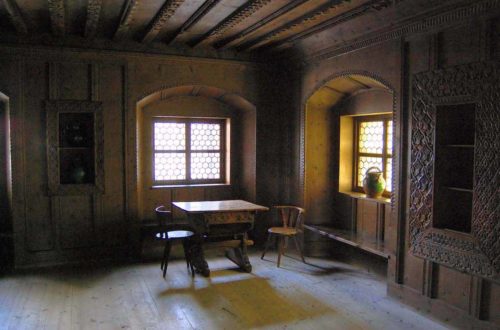A number that can be expressed in the form a+ib is referred to as a complex number. Here a and b are real numbers. The value of i equals √-1. For a complex number z = a+ib, a denotes the real part of z, and b is called the imaginary part. It is represented as Im z. The real part is denoted by Re z. For example, if z = 4+9i, the real part is 4 and the imaginary part is 9. The value of i2 = -1.
We can say two numbers z1 = a+ib and z2 = p+iq are equal, if a = p and b = q. As far as the JEE exam is concerned, complex numbers have great importance. In this article, we will discuss more about these numbers, properties, and previous year questions. The algebra of these numbers is given below.
Algebra of Complex Numbers
- Addition: If z1 = a + ib and z2 = c + id. Then, the sum is defined as z1 + z2 = (a+ c) + i(b + d).
For example, if z1 = 1 + 3i and z2 = 2 + 2i then z1 + z2 = (1+2) + (3+2)i = 3+5i.
The addition of these numbers satisfies the following properties.
- Closure law
- Commutative law
- Associative law
- Existence of additive identity
- Existence of additive inverse
- Subtraction: If z1 = a + ib and z2 = c + id. Then, the difference is defined as z1 – z2 = z1 + (-z2).
For example, if z1 = 6 + 3i and z2 = 1 – 2i then z1 – z2 = (6-1) + (3+2)i = 5+5i.
- Multiplication: If z1 = a + ib and z2 = c + id. Then, the product is defined as z1z2 = (ac – bd) + i(ad + bc).
For example, if z1 = 6 + 3i and z2 = 2 + 2i then z1z2 = (6×2 – 3×2) + i(6×2 + 3×2)
= (12 – 6) + i(12+6)
= 6 + 18i
The multiplication of these numbers possesses the following properties.
- Closure law
- Commutative law
- Associative law
- Existence of multiplicative identity
- Existence of multiplicative inverse
- Distributive identity
- Division: The quotient z1/z2 = z1×(1/z2).
- Power of i:
For any integer n, i4n = 1, i4n + 1 = i, i4n + 2 = -1, i4n + 3 = – i.
Identities
- (z1 + z2)2 = z12 + 2z1z2 + z22
- (z1 – z2)2 = z12 – 2z1z2 + z22
- (z1 + z2)3 = z13 + 3z12 z2 + 3z1z22 + z23
Modulus and Conjugate of a complex number
Let z = a + ib be a complex number. The modulus of z is represented by | z |. It is a non-negative real number. | z | = √(a2+b2).
The conjugate is represented by z¯. If z = a + ib, then the conjugate z¯ = a – ib.
Quadratic Equations
Consider a quadratic equation ax2+bx+c = 0, where a,b,c ∈ R and a ≠ 0. Assume that b2-4ac < 0. We can find the square root of negative real numbers in the set of complex numbers. Hence the solutions to the above equation are available in the set of these numbers which are given by
Let us have a look at an example of a previous year’s question. Students are recommended to practise Complex numbers and Quadratic equations JEE Previous Year Solved Questions. This will increase the speed of solving problems and thus improves their confidence.
Example
If (1 + i) (1 + 2i) (1 + 3i) ….. (1 + ni) = a + ib, then what is 2 × 5 × 10….(1 + n2) is equal to?
Solution:
Given (1 + i)(1 + 2i)(1 + 3i) …..(1 + ni) = a + ib
(1 – i)(1 – 2i)(1 – 3i) …..(1 – ni) = a – ib
Multiplying above two equations we get,
2× 5×10 ….. (1+n2) = a2 + b2
The required solution is a2 + b2.





